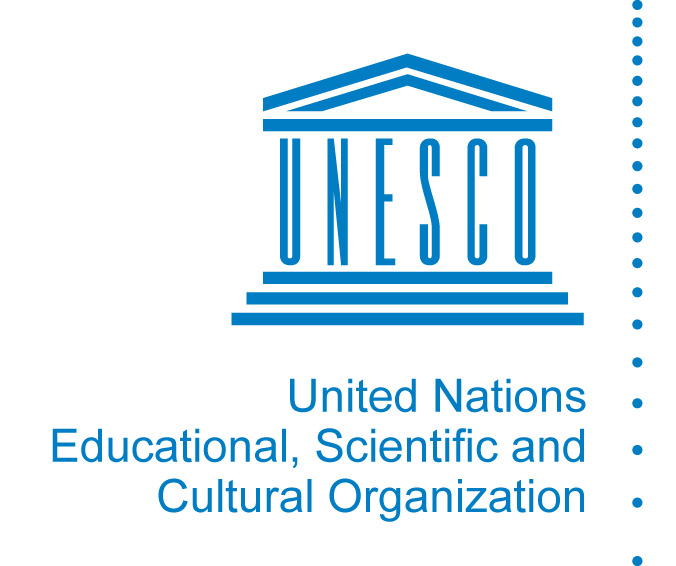It is not easy to determine the cost of SRGBV. Research on how to calculate the costs – in terms of costs to society today and into the future – is still in its early stages. However, analytic work supported by USAID shows that SRGBV can be associated with the loss of one primary grade of schooling, which translates to an annual cost of around $17 billion to low- and middle-income countries. This figure is higher than the total amount spent annually on overseas assistance grants for education interventions (RTI International, 2015a).
A cross-country analysis on the cost of violence against children, supported by UNICEF (2013a), has revealed that:
• In Australia, the cost of child abuse was estimated at over US$24 billion in 2007 and the long-term costs are put at more than US$31 billion.
• In the United States, the cumulative costs of treatment, prosecution and long-term loss of income from violence against children is estimated at over US$124 billion every year.
• In Brazil, the cost of violence borne by schools is estimated at almost US$1 billion a year.
• Returns from prevention are equally high, with estimated social returns of over €87 for every €1 spent on prevention in the European Union.
However these consequences are calculated – whether in terms of future or current impacts; whether in terms of personal pain and loss; whether in terms of impacts on others in the community or family; or whether in terms of monetary costs to the state or the school system – the conclusion is clear. The costs are too high, and effective and urgent action to prevent and eliminate SRGBV is imperative.
Some work is being done by UNICEF in its work on violence against children and by the UK Department for International Development (DFID) on violence against women and girls in its flagship global research programme, “What Works to Prevent Violence?”
